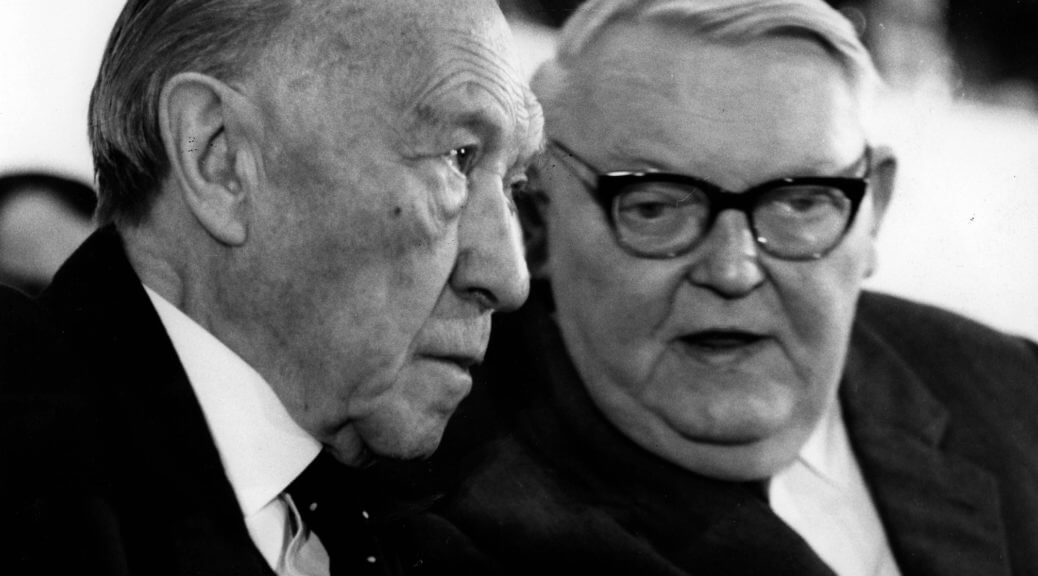Returning to the podcast is David Henderson of Stanford University’s Hoover Institution and the Naval Postgraduate School in Monterey California.
Our topic for today is the German Economic Miracle. David wrote an article on it for the Concise Encyclopedia of Economics. The article begins as follows:
“After World War II the German economy lay in shambles. The war, along with Hitler’s scorched-earth policy, had destroyed 20 percent of all housing. Food production per capita in 1947 was only 51 percent of its level in 1938, and the official food ration set by the occupying powers varied between 1,040 and 1,550 calories per day. Industrial output in 1947 was only one-third its 1938 level. Moreover, a large percentage of Germany’s working-age men were dead. At the time, observers thought that West Germany would have to be the biggest client of the U.S. welfare state; yet, twenty years later its economy was envied by most of the world. And less than ten years after the war people already were talking about the German economic miracle.What caused the so-called miracle? The two main factors were currency reform and the elimination of price controls, both of which happened over a period of weeks in 1948. A further factor was the reduction of marginal tax rates later in 1948 and in 1949.”
We discuss the West German economy, before and after WWII, and contrast it with the East German economy. We also discuss some of the interesting figures who played roles along the way: Ludwig Erhard, Wilhelm Röpke, Konrad Adenauer, and Walter Heller.
We wrap up by discussing the Concise Encyclopedia of Economics itself, which David created and has edited since its first publication in 1993.
Subscribe to Economics Detective Radio on iTunes, Android, or Stitcher.

